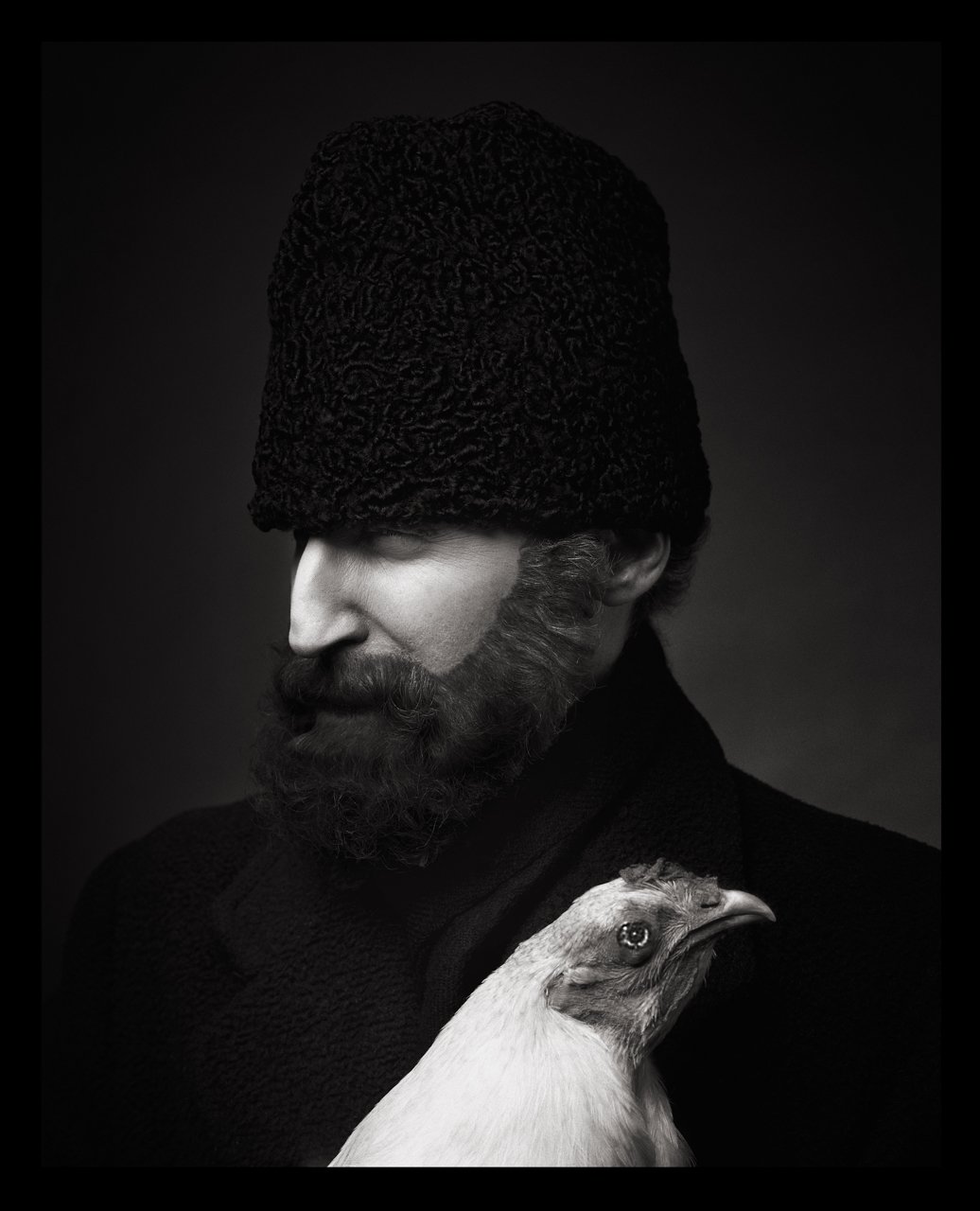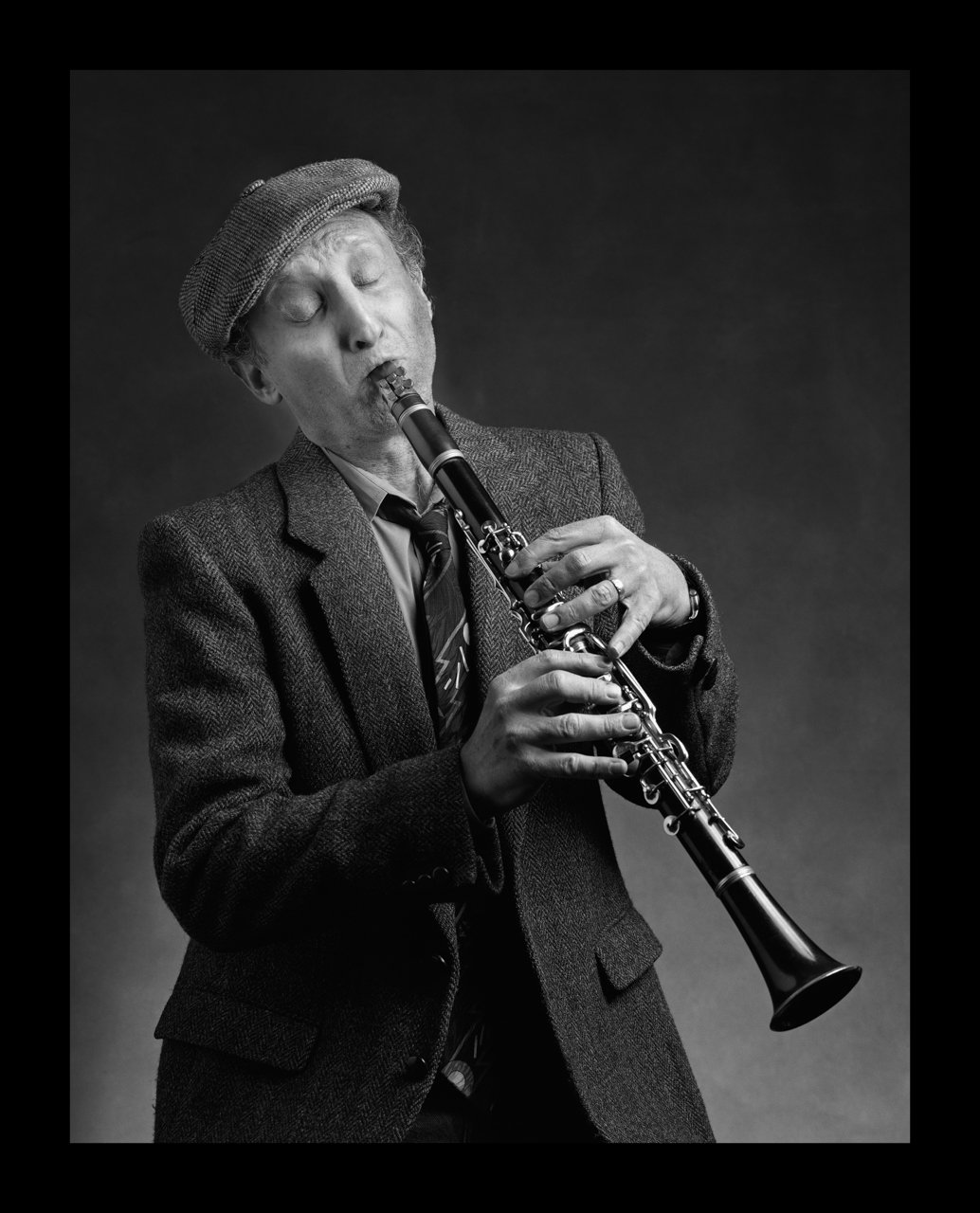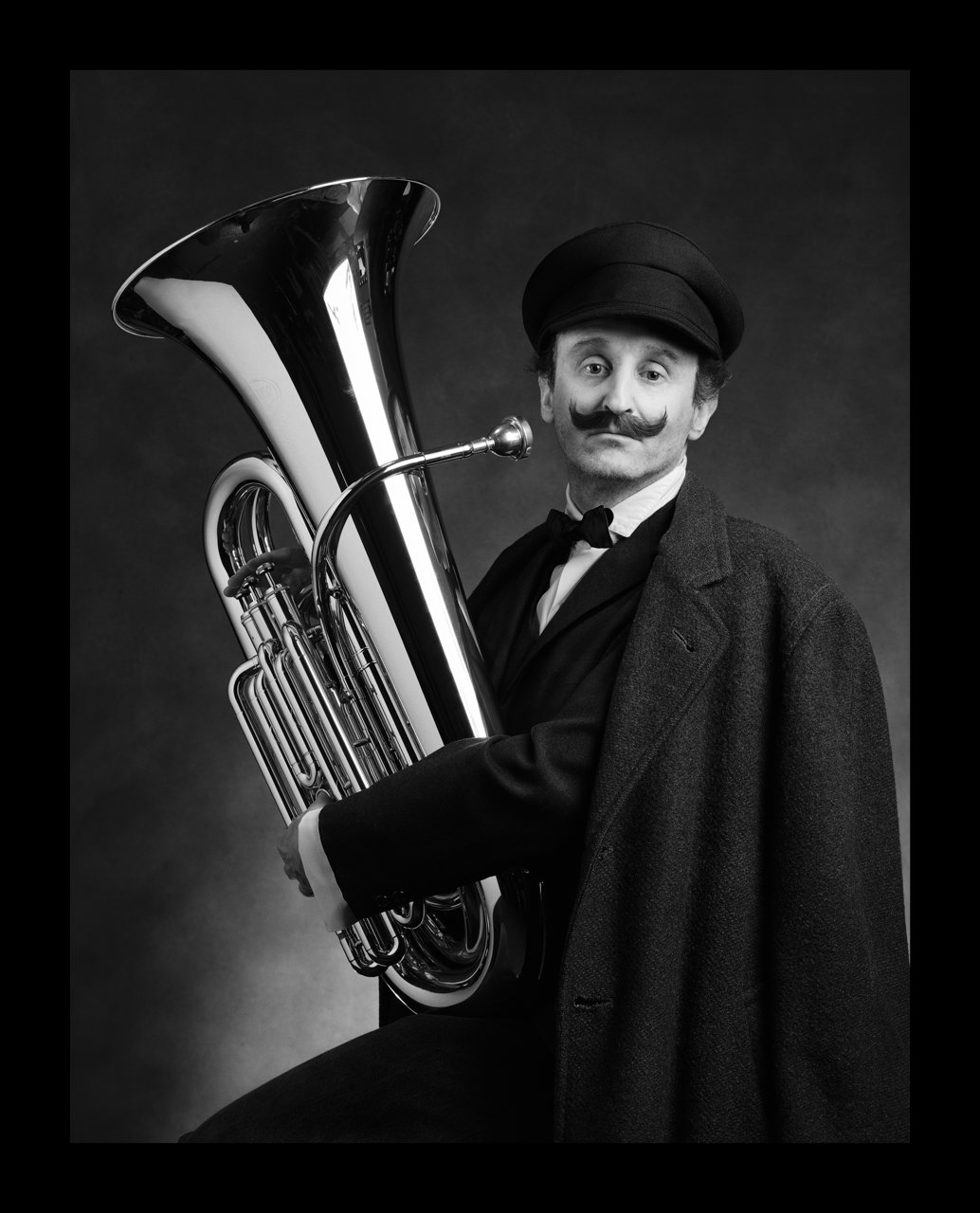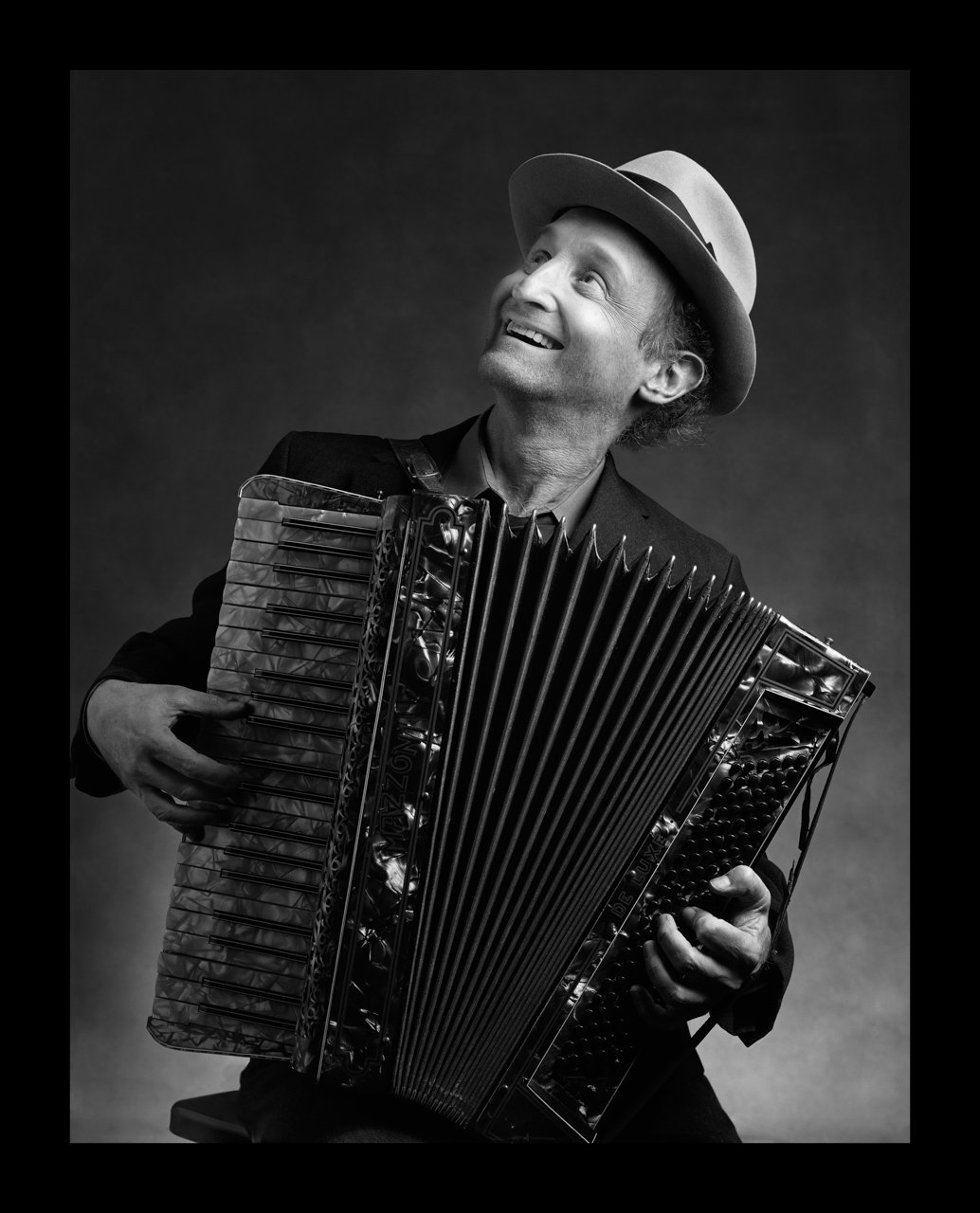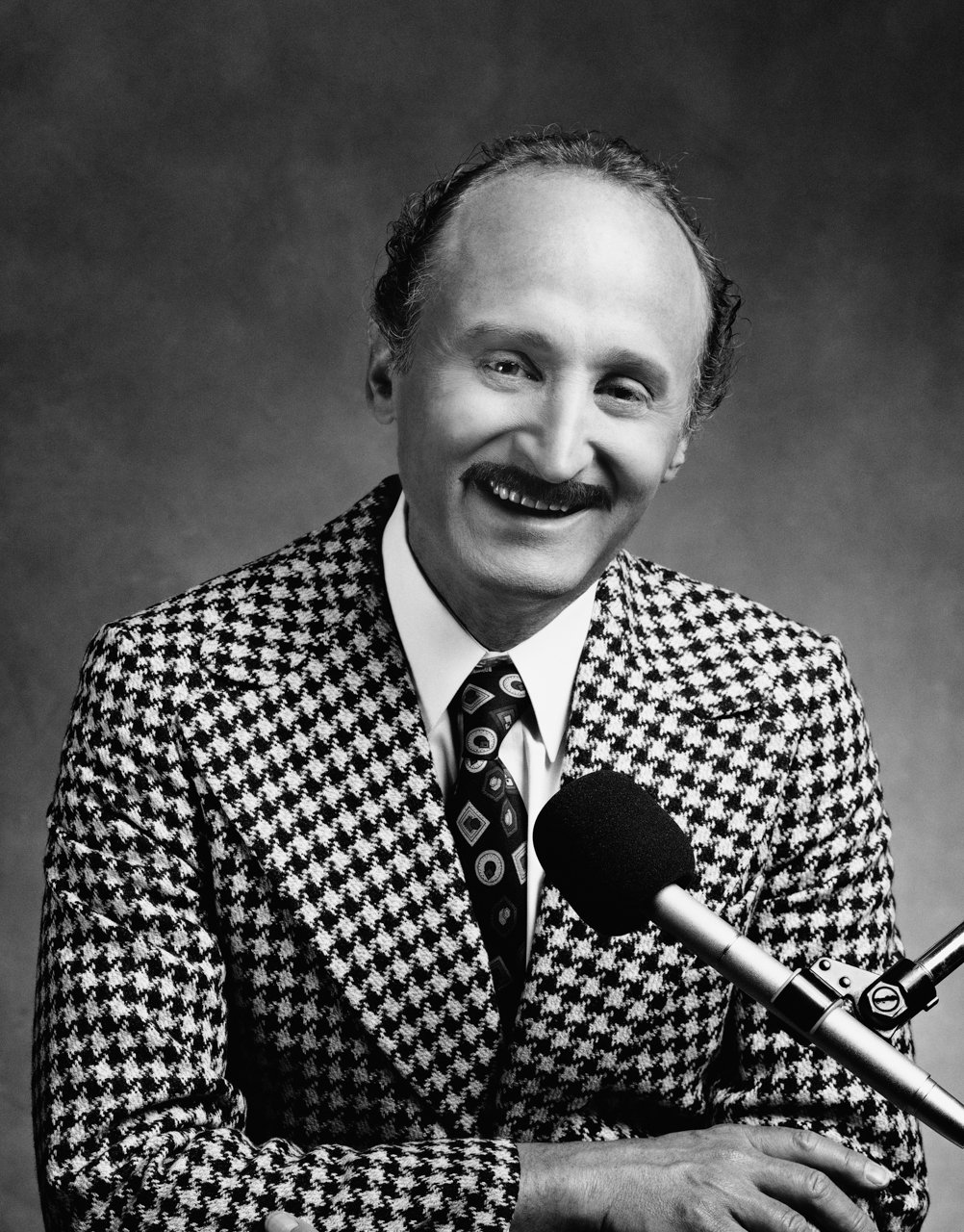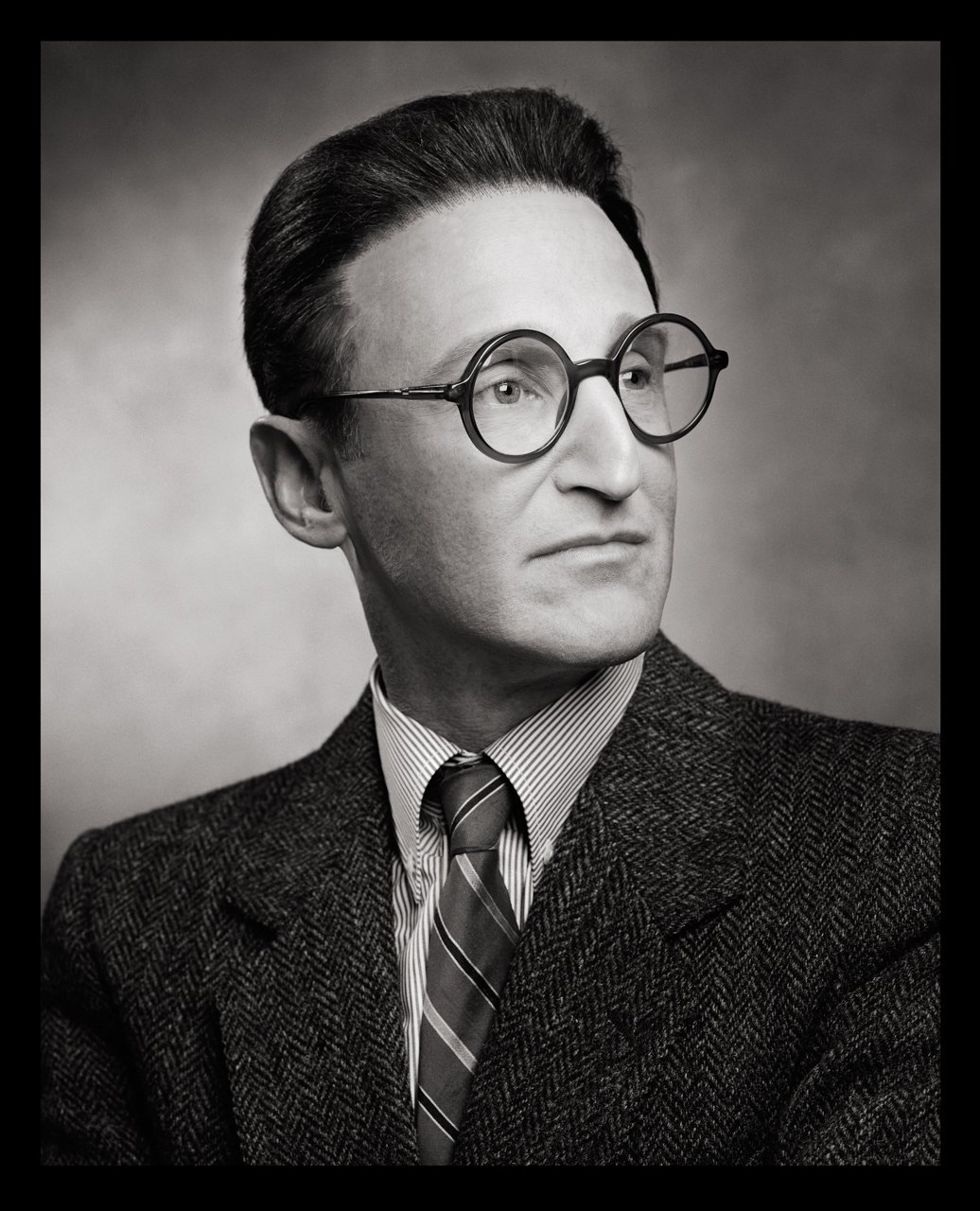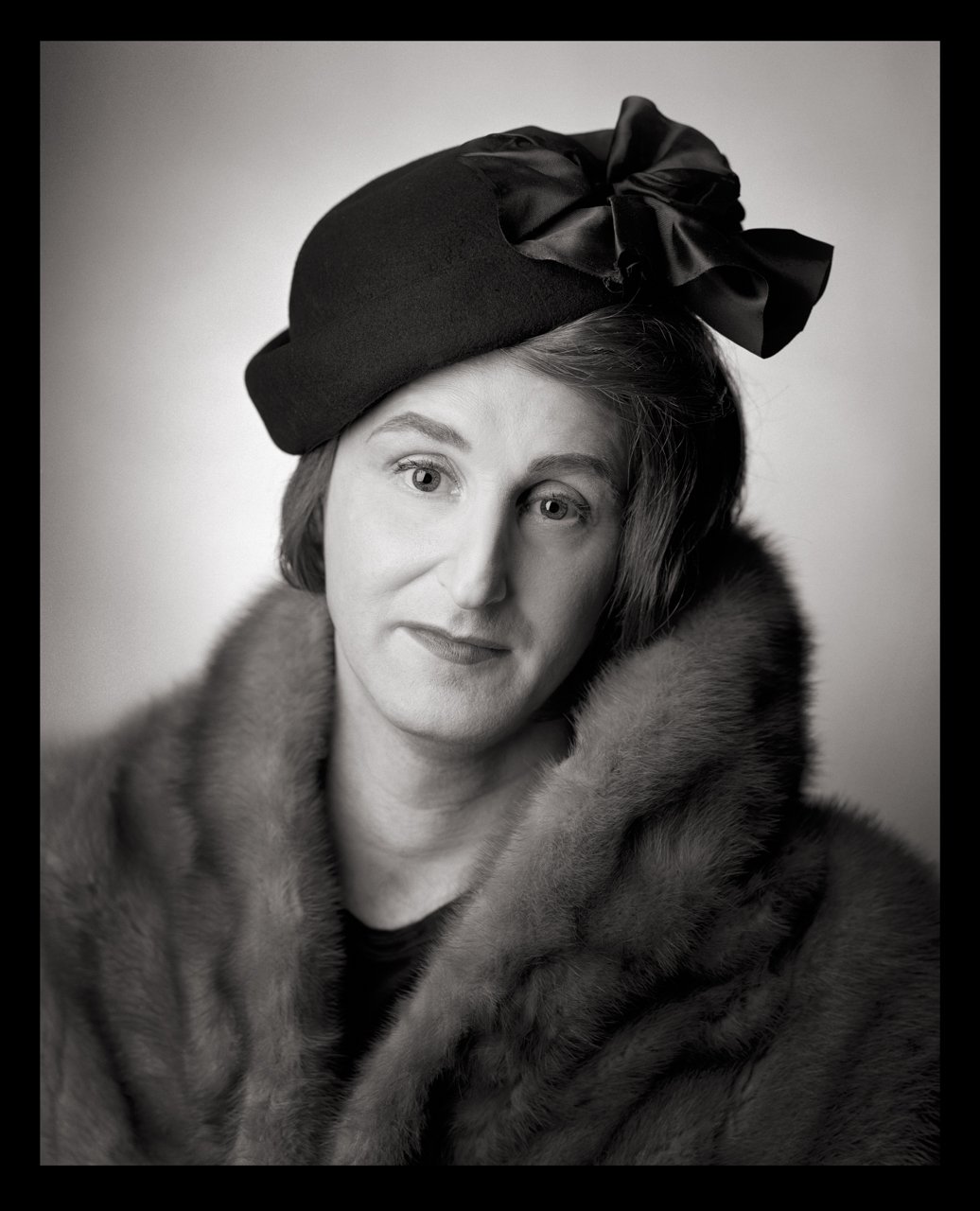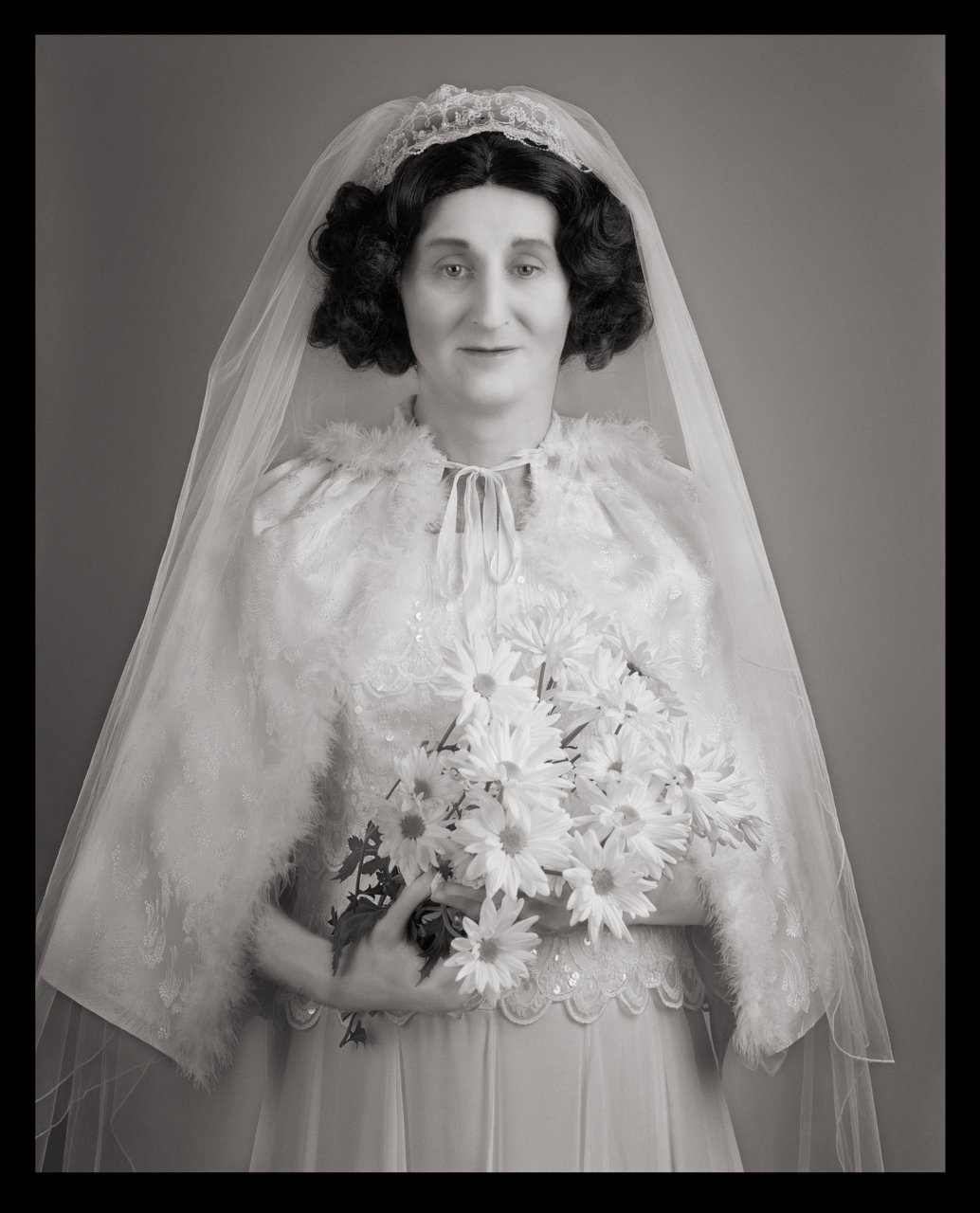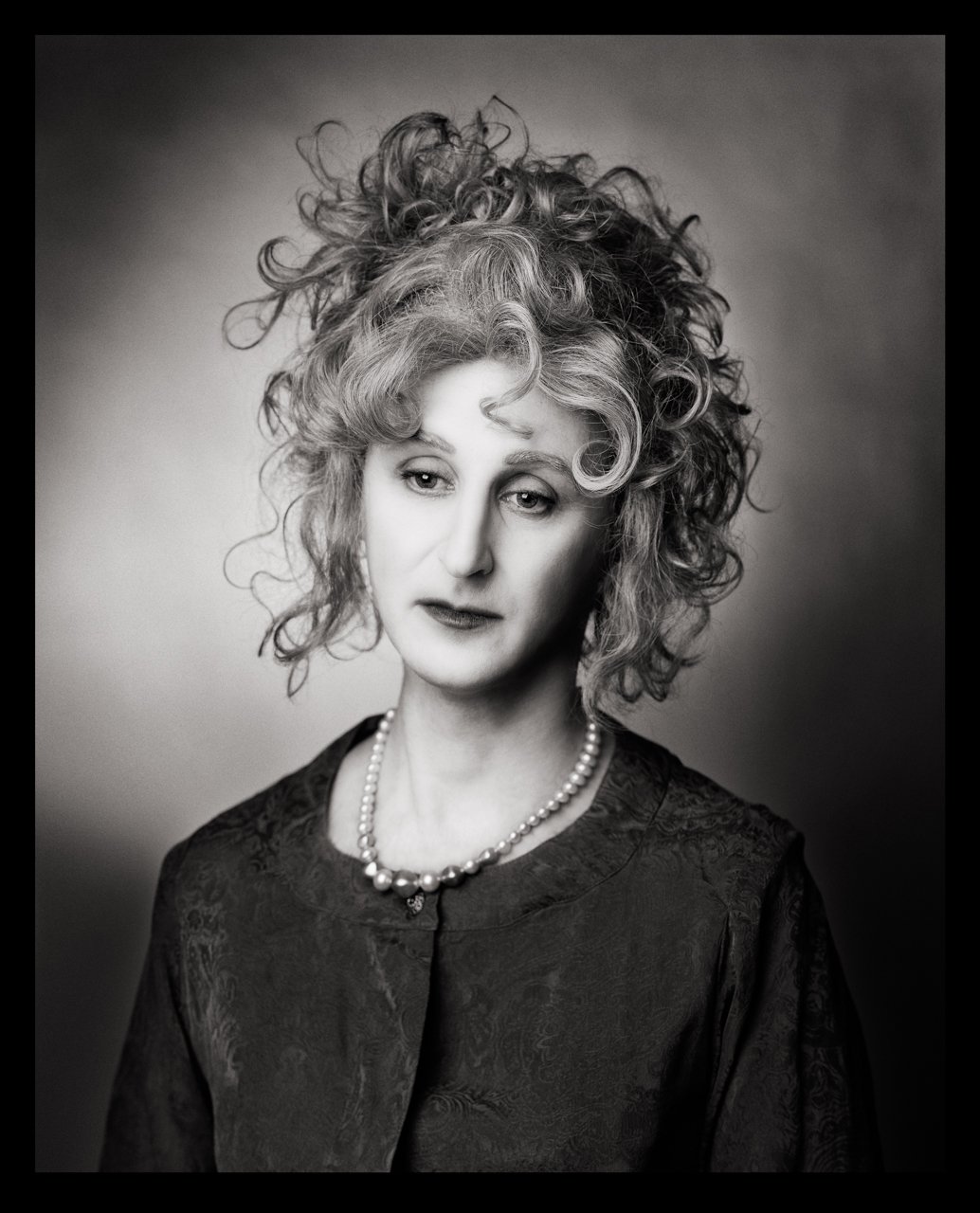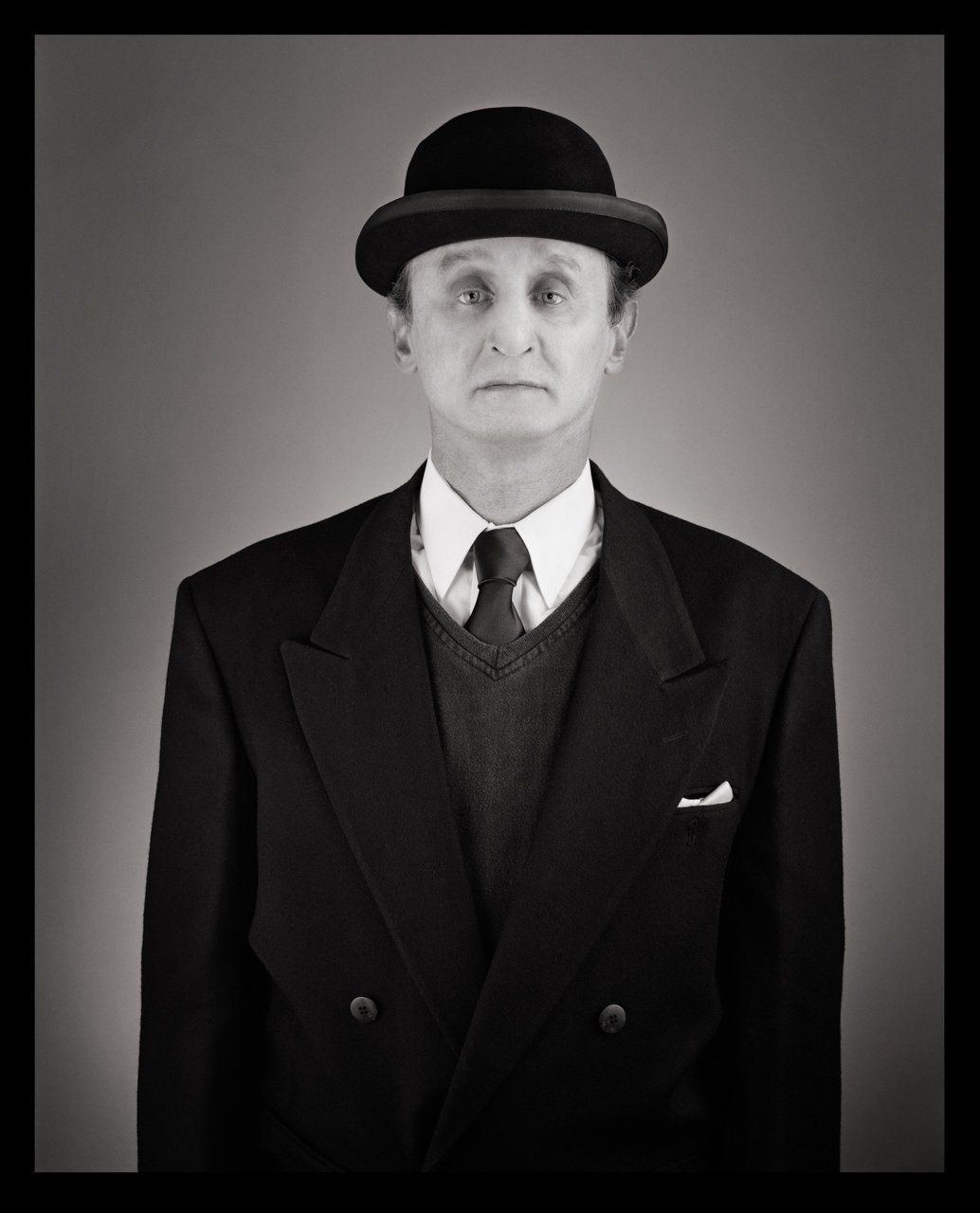EXHIBITION DETAILS
I Am My Family | Rafael Goldchain
December 5, 2014 – February 20, 2015
Artist Speaker Series 5 p.m., Friday, December 5, 2014
Artist Reception December 5, from 6-8 p.m.
Photographer Rafael Goldchainʼs Polish-Jewish ancestors emigrated to South America in the 1930s, and many others perished in Poland during the Nazi regime. Also lost in the turmoil of war and emigration were most of the portraits of his extended family. When Goldchain became a parent himself, he decided to make up for this lack of evidence and recreate the lost generations of the past, in the present.
STATEMENT
I Am My Family is an autobiographical book and exhibition that features digitally altered self-portrait photographs. These self-portraits represent detailed performances of familial figures that can be thought of as acts of mourning and remembrance. I Am My Family proposes a language of mourning in which we search for those lost through resemblance and through the language of the portrait photograph. In reenacting ancestors through the conventions of the portrait photograph, the self-portraits in I Am My Family suggest that we look at old family photographs in order to connect with those that came before and to recognize ourselves in the photographic trace left by them. It also suggests that reconstructing a fractured familial and cultural history overshadowed by the Holocaust involves a process of gathering and connecting scattered fragments while at the same time accepting that this effort will yield incomplete results.
I Am My Family is the product of a process that started when my son was born. I slowly realized that my role as parent included the responsibility to pass on to my son a familial and cultural inheritance, and that such inheritance would need to be gathered and delivered gradually in a manner appropriate to his age. My attempts at historical story-telling, cultural and familial, public and private, made me acutely aware of how much I knew of the former, and how little of the latter. I thought of the many erasures that family history is subject to, and of the way in which my South American and Jewish educations privileged public histories. As I reached my middle years it became important to not only retrieve basic historical facts such as family names, dates, and genealogical relations, but also to reach towards the world of my ancestors as a basic foundation of an identity that I could pass on to my son. While I could access the considerable existing stores of knowledge of Eastern European Jewish life, knowledge of the pre-Holocaust lives of my grandparents and of their families only exists in fragments deeply buried within the memories of elderly relatives.
I Am My Family explores relations amongst family portraiture, mourning and remembrance, history, and memory. These self-portraits articulate a process of identity representation through which ancestral figures become visible through my performance while at the same time remaining concealed behind my features and behind the conventions of the portrait photograph. These images are the result of a reconstructive process that acknowledges its own limitations in that the construction of an image of the past unavoidably involves a mixture of fragmented memory, artifice, and invention, and that this mixture necessarily evolves as it is transmitted from generation to generation.
